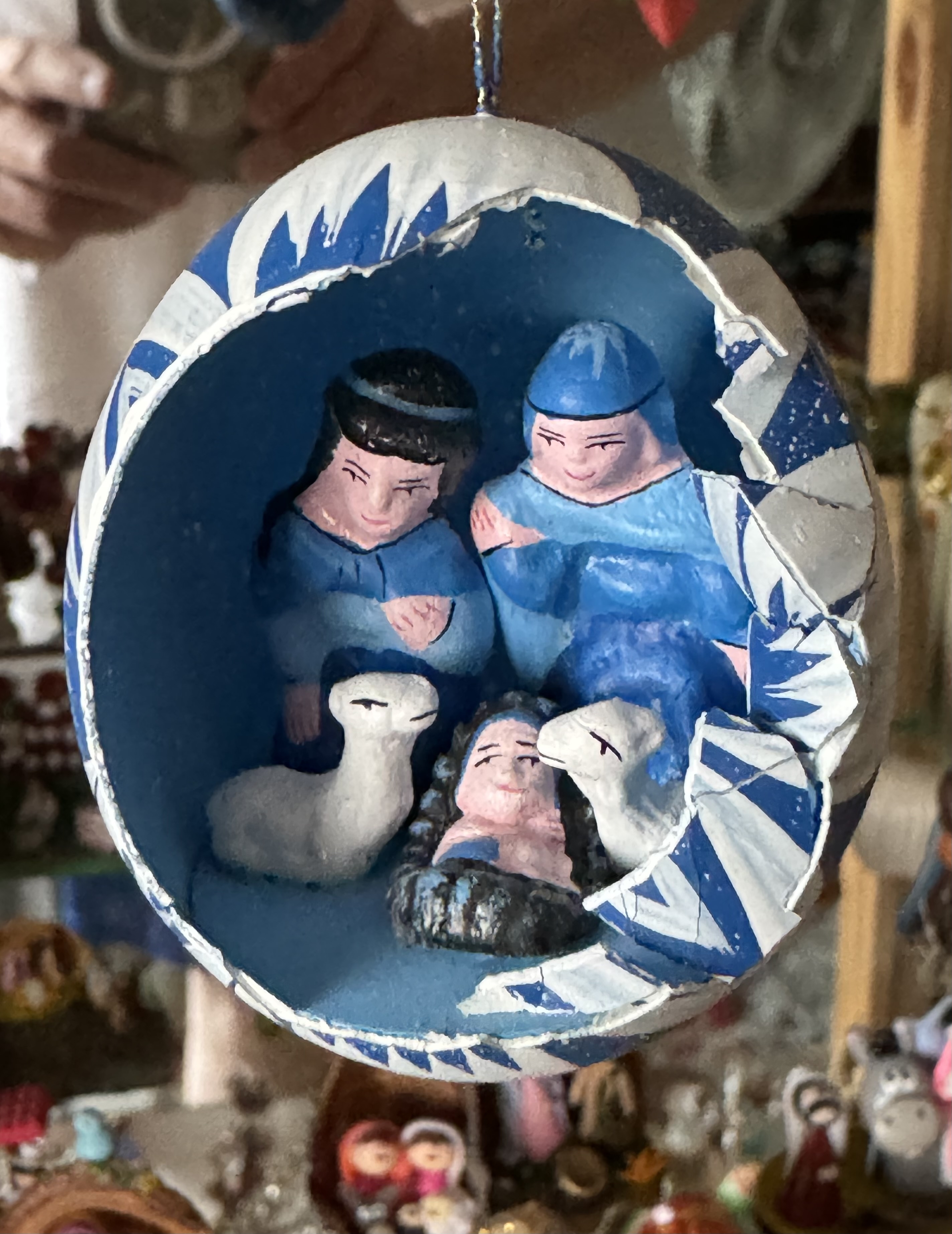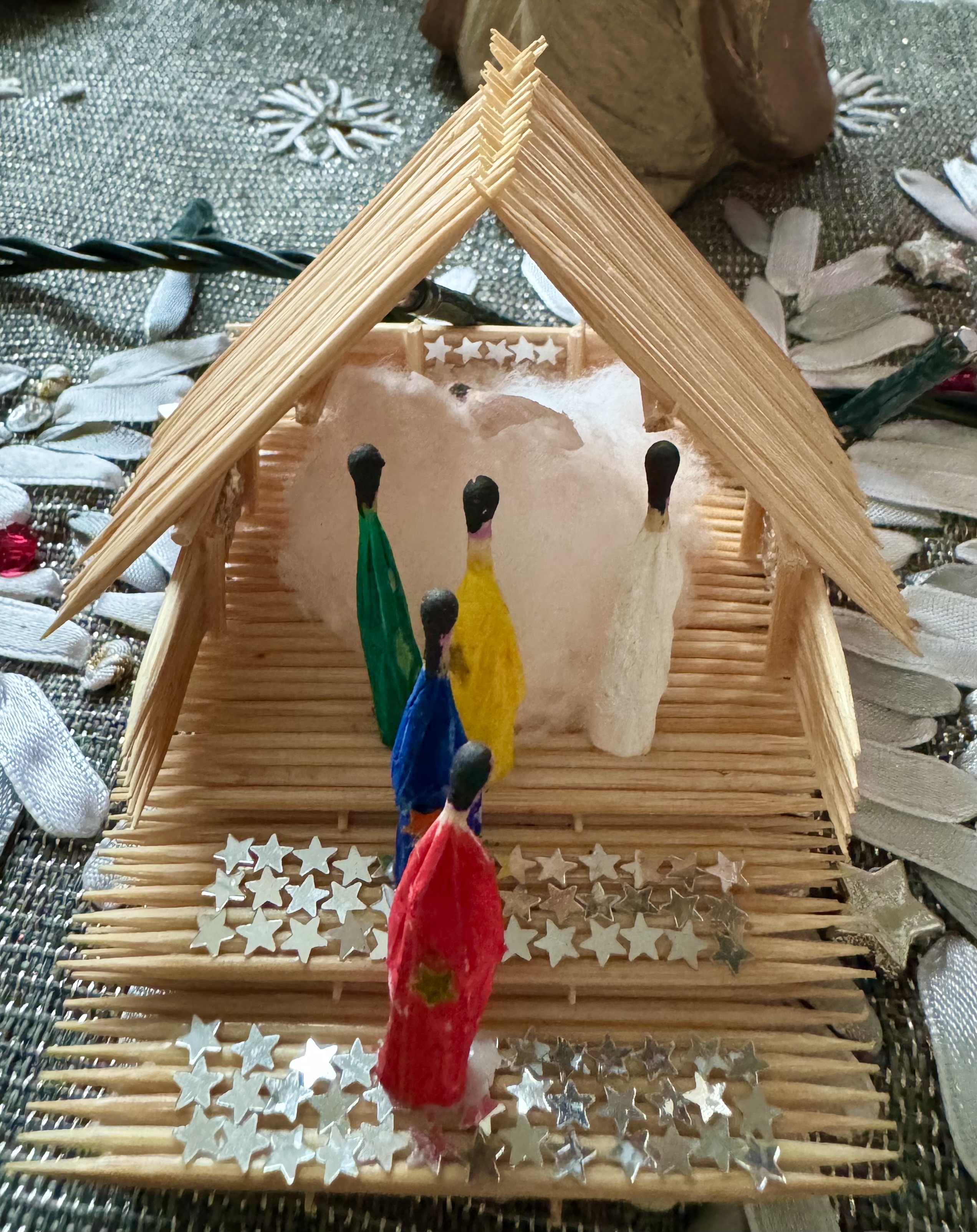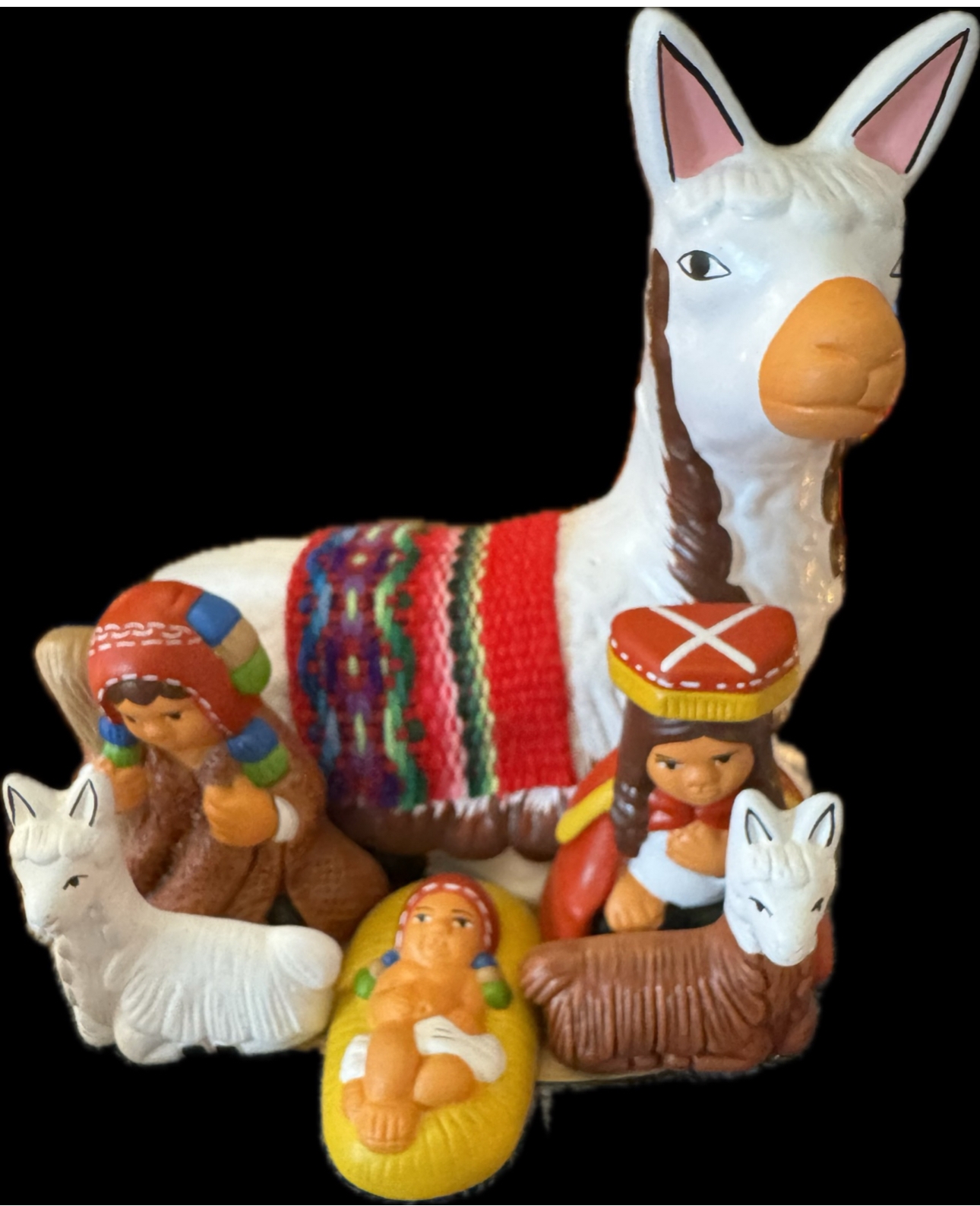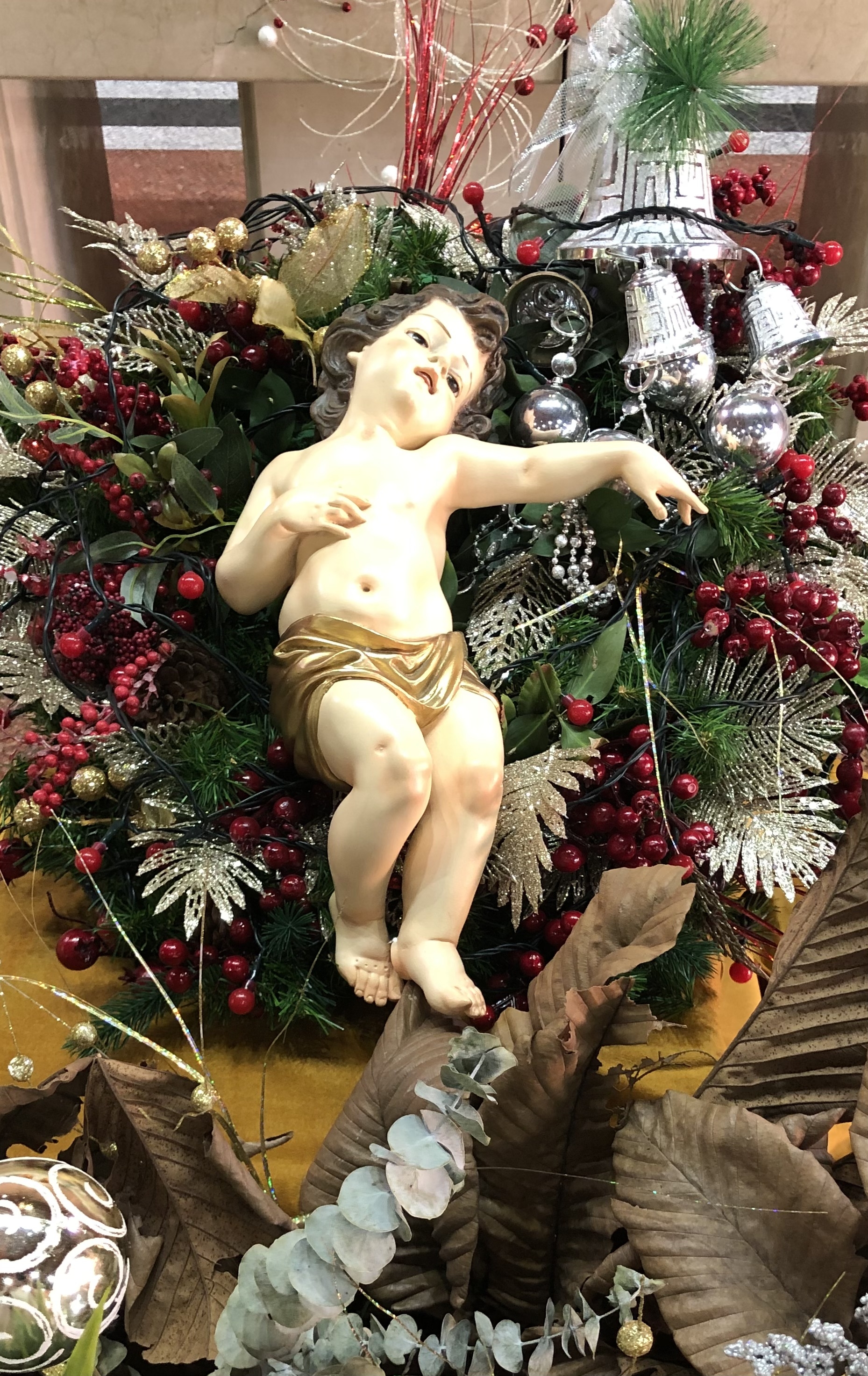These reflections are a result of more than 40 years of ministry as a Roman Catholic priest. Most of these years I spent in the Diocese of Charlotte which covers Western North Carolina. Now I am retired, and live in Medellín, Colombia where I continue to serve as a priest in the Archdiocese of Medellín.

Simeon blessed God, saying: "Lord, now let your servant go in peace; your word has been fulfilled: my own eyes have seen the salvation which you prepared in the sight of every people, a light to reveal you to the nations and the glory of your people Israel." (Lk 2:22-35)
https://bible.usccb.org/bible/readings/122923.cfm
“Will no one rid me of this meddlesome priest?” That was the question that Henry II of England put to his courtiers and precipitated the martyrdom of Thomas Becket, the Archbishop of Canterbury. Sometimes it's difficult to follow the Prince of Peace.

When Herod realized that he had been deceived by the magi, he became furious. He ordered the massacre of all the boys in Bethlehem and its vicinity two years old and under, in accordance with the time he had ascertained from the magi. Then was fulfilled what had been said through Jeremiah the prophet: A voice was heard in Ramah, sobbing and loud lamentation; Rachel weeping for her children, and she would not be consoled, since they were no more. (Mt 2:13-18)
https://bible.usccb.org/bible/readings/122823.cfm
The slaughter of the Innocents is a bit off-putting amidst all the Christmas celebrations, but it is the sad story of the human race who worships its weapons of violence rather than saying YES to the Prince of Peace.

Then the other disciple (whom Jesus loved) also went in, the one who had arrived at the tomb first, and he saw and believed. (Jn 20:1a, 2-8)
https://bible.usccb.org/bible/readings/122723.cfm
We celebrate today the Fourth Gospel, the one we call “according to John.” The church has always wanted to associate this anonymous gospel with the Apostle John, but the gospel itself doesn’t speak about John, rather the gospel focuses on the Beloved Disciple. As the final editor of the gospel says of the Beloved Disciple: “It is this disciple who testifies to these things and has written them, and we know that his testimony is true” (Jn 21:24).

Stephen, filled with the Holy Spirit, looked up intently to heaven and saw the glory of God and Jesus standing at the right hand of God, and he said, "Behold, I see the heavens opened and the Son of Man standing at the right hand of God." (Acts 6:8-10; 7:54-59)
https://bible.usccb.org/bible/readings/122623.cfm
To say “yes” to the Prince of Peace, then, means saying “no” to war, to every war and to do so with courage, to the very mindset of war, an aimless voyage, a defeat without victors, an inexcusable folly. This is what war is: an aimless voyage, a defeat without victors, an inexcusable folly. To say “no” to war means saying “no” to weaponry. (“URBI ET ORBI" Message of Pope Francis, Christmas 2023). Today we celebrate the heavenly birthday of the first martyr for Christ, Saint Stephen.

He came to what was his own, but his own people did not accept him. But to those who did accept him he gave power to become children of God. (John 1:11-12)
https://bible.usccb.org/bible/readings/122523-Day.cfm
Beloved, let us give thanks to God the Father, through his Son, in the Holy Spirit, because in his great love for us he took pity on us, and when we were dead in our sins he brought us to life with Christ, so that in him we might be a new creation. Christian, remember your dignity, and now that you share in God’s own nature, do not return by sin to your former base condition. Bear in mind who is your head and of whose body you are a member. Do not forget that you have been rescued from the power of darkness and brought into the light of God’s kingdom. Through the sacrament of baptism you have become a temple of the Holy Spirit. (A Christmas Homily of Saint Leo the Great)



